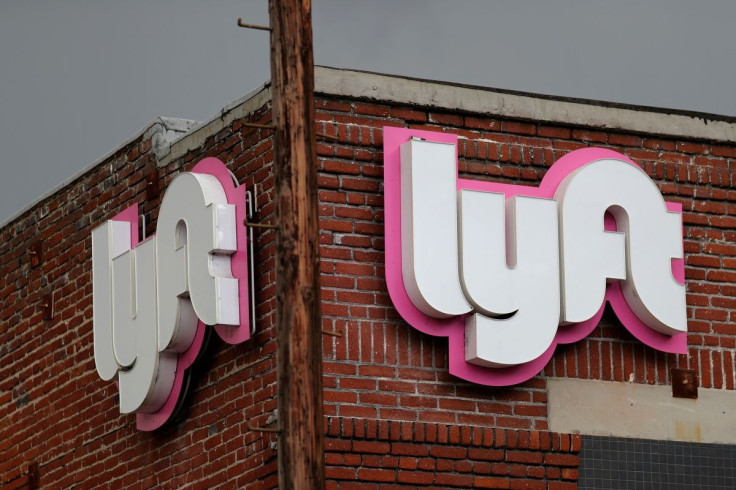Lyft Says Will Spend More To Bring Back Drivers; Revenue Forecast Lags Wall Street

Lyft Inc on Tuesday forecast second-quarter revenue below Wall Street expectations and said it would spend more to increase the supply of drivers, signaling higher costs of getting cars back on the road.
Shares fell 25% in after-hours trade.
First-quarter active ridership dropped 4.8% from the previous quarter in the first three months of the year, overshadowing revenue and operating earnings that topped Wall Street targets on Tuesday.
Ride hailing company Lyft forecast revenue of $950 million to $1 billion, shy of the average analyst estimate of $1.02 billion, according to IBES data from Refinitiv.
Active riders were 17.8 million, down from 18.7 million in the previous quarter and up from 13.5 million a year earlier. Ridership is typically lower in the first quarter with demand for ride-hail, bike and scooter trips declining during the colder months.
Consumers eager for post-pandemic normalcy shrugged off higher prices to keep spending on Lyft rides, President John Zimmer said in an interview with Reuters.
"That tailwind coming out of the pandemic is much more impactful to our business ... than is the impact of inflation," Zimmer said.
The number of drivers, many of whom left as demand dwindled during the pandemic, remained below pre-pandemic levels and a full recovery of driver supply was taking longer than Lyft had hoped, Zimmer said. Lyft and rival Uber Technologies Inc have tried to lure back drivers with added incentives in recent quarters.
Shares of Uber, which will report results on Wednesday, were down 12% in after-hours trade.
Lyft executives during Tuesday's earnings call said the company plans to invest more in driver incentives in the second quarter, but declined to provide a concrete dollar figure.
Drivers have also been burdened with surging fuel costs brought on by Russia's invasion of Ukraine, prompting some to stop driving or drive less.
Lyft and Uber have instituted a temporary fuel surcharge in an effort to help drivers.
FIRST QUARTER BEAT
Lyft reported first-quarter revenue of $875.6 million, beating average analysts' expectations for $846 million, according to Refinitiv data.
At $54.8 million, the company's operating earnings, a metric known as adjusted EBITDA that excludes stock-based compensation and some other costs, significantly surpassed its own guidance and analyst expectations. Analysts had expected $17.8 million in adjusted EBITDA after Lyft guided for a top range of $15 million.
Lyft executives have repeatedly talked about the company's pricing power, a trend Zimmer expects to continue even as consumers face wider price increases for goods and services across the economy.
"We'll keep an eye on it, but we're very confident in our ability to balance supply and demand," Zimmer said.
Average U.S. per-ride prices for Lyft and Uber were 37% higher in March than during the same month in 2019, according to research company YipitData.
Zimmer said demand overall still remained 30% below pre-pandemic levels in the fourth quarter of 2019, giving the company "quite a bit of headroom."
© Copyright Thomson Reuters 2024. All rights reserved.





















